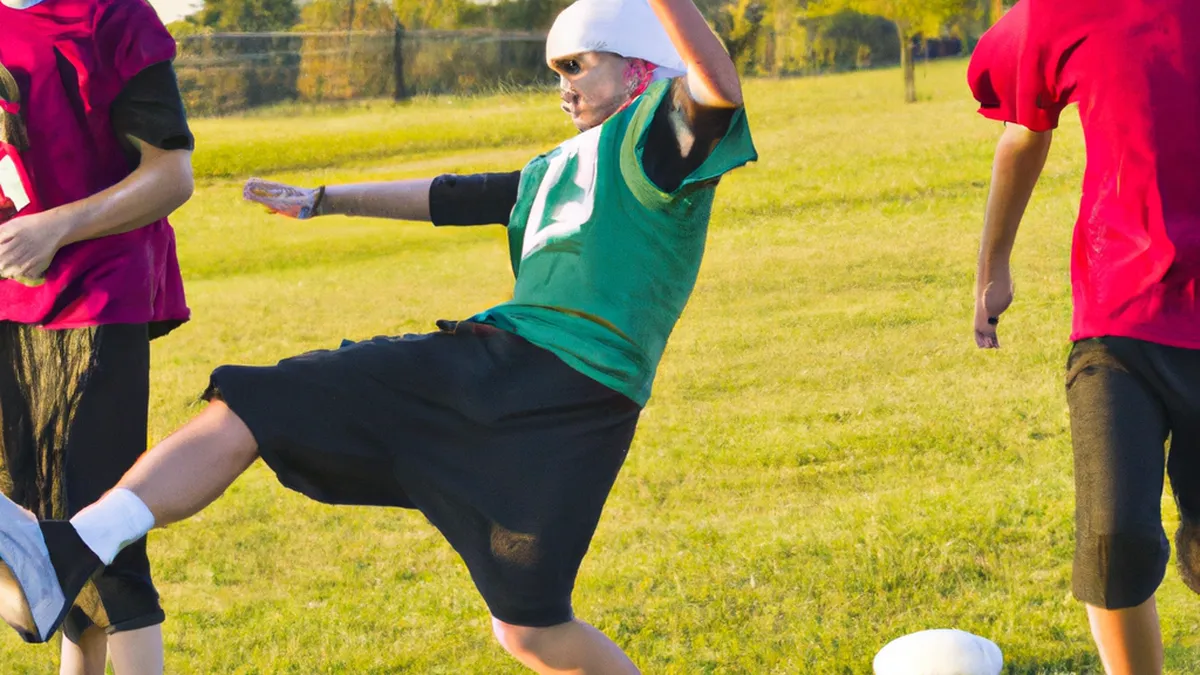Combatting Injury Risks in Female Athletes
Addressing Unique Injury Risks for Older Women in Sports
As an Amazon Associate I earn from qualifying purchases.
Gear tip: consider reusable snack bags, understanding and protein bars to support this workout.
Older women often increase their sports participation for fitness, social interaction, and enjoyment. However, they face unique injury risks. Understanding these risks helps them enjoy sports safely and benefit from an active lifestyle.
Understanding the Risks
Aging causes physical changes that impact athletic performance and heighten injury risks. For example, decreased bone density makes bones fragile and prone to fractures. Research shows women, especially post-menopause, face higher osteoporosis risks as estrogen levels drop. Osteoporosis weakens bones and raises injury likelihood in high-impact sports.
Aging also leads to declines in muscle mass and flexibility. Sarcopenia, or gradual muscle loss, impairs strength and endurance. This makes older women more susceptible to sprains and strains. Reduced flexibility complicates matters, as tight muscles and joints limit mobility and increase injury risks.
Hormonal changes during menopause can negatively impact joint health. Conditions like osteoarthritis become more common, causing inflammation and joint pain. This can hinder performance and raise injury risks during sports.
Older women also face a greater risk of falls due to balance issues and decreased coordination. Impaired vision, muscle weakness, and medication side effects contribute to instability. Falls can cause serious injuries, including fractures and head trauma. Awareness of these risks is essential during sports participation.
Tips for Injury Prevention
Older women can take steps to reduce injury likelihood while enjoying sports. Here are essential strategies for injury prevention:
1. Warm Up Properly
Warming up before sports activities is crucial. A proper warm-up boosts blood flow to muscles and prepares the body for exercise. Incorporate light aerobic exercises, like brisk walking or gentle cycling, followed by dynamic stretching. Focus on areas like hips, legs, and shoulders to prevent strains and sprains. A thorough warm-up significantly reduces injury risk.
2. Choose Low-Impact Sports
Opting for low-impact sports benefits older women. Activities like swimming, cycling, or walking are gentler on joints and reduce bone stress while providing cardiovascular benefits. For group activities, consider classes for dance, water aerobics, or tai chi. These options promote physical health and foster social engagement, making exercise enjoyable.
3. Listen to Your Body
Older women should pay attention to their bodies and recognize discomfort. Starting new activities or increasing intensity too quickly can lead to injuries. If any pain arises, it’s crucial to stop.
Conclusion
Older women can enjoy sports safely by understanding injury risks and implementing preventive strategies.
Below are related products based on this post:
FAQ
What unique injury risks do older women face when participating in sports?
Older women face several unique injury risks, including decreased bone density, reduced muscle mass, and flexibility, as well as hormonal changes that can affect joint health. These factors can lead to a higher likelihood of fractures, sprains, strains, and falls during sports participation.
What are some effective injury prevention strategies for older women in sports?
Effective injury prevention strategies for older women include properly warming up before activities, choosing low-impact sports, and listening to their bodies. A good warm-up prepares the muscles and joints, while low-impact sports reduce stress on the body. Additionally, being attuned to discomfort and avoiding pushing through pain is crucial for safety.
How can older women safely enjoy sports while minimizing injury risks?
Older women can safely enjoy sports by understanding their unique injury risks and implementing preventive strategies like warming up adequately, selecting low-impact activities, and being mindful of their physical limitations. This approach allows them to benefit from an active lifestyle while reducing the likelihood of injuries.















Post Comment